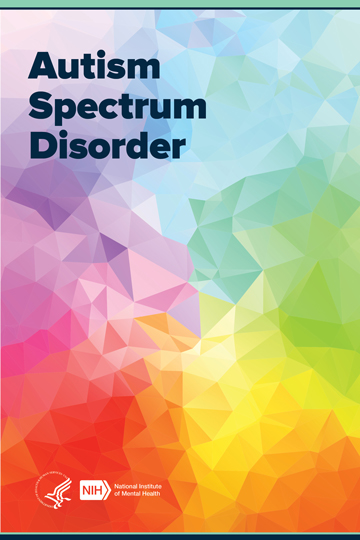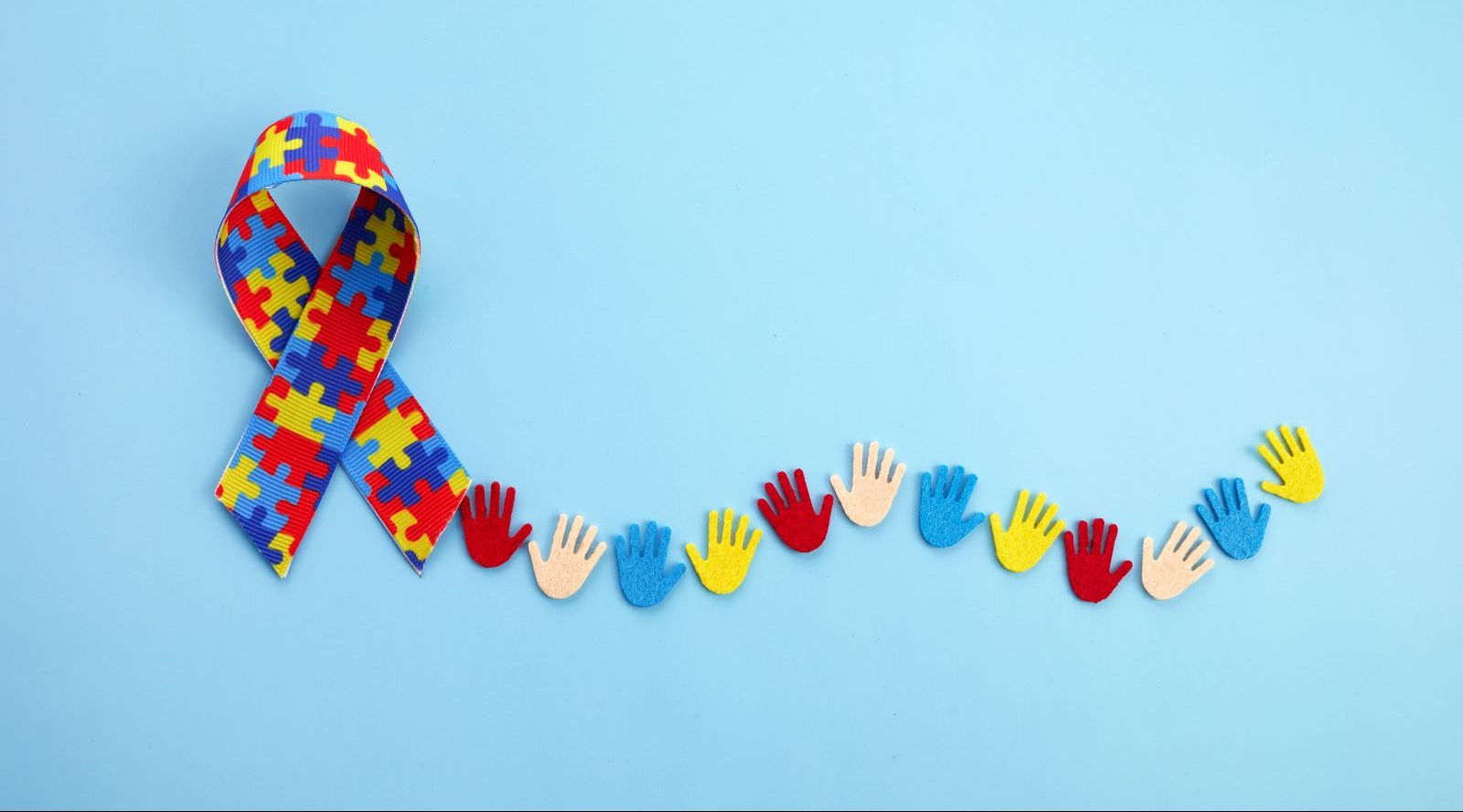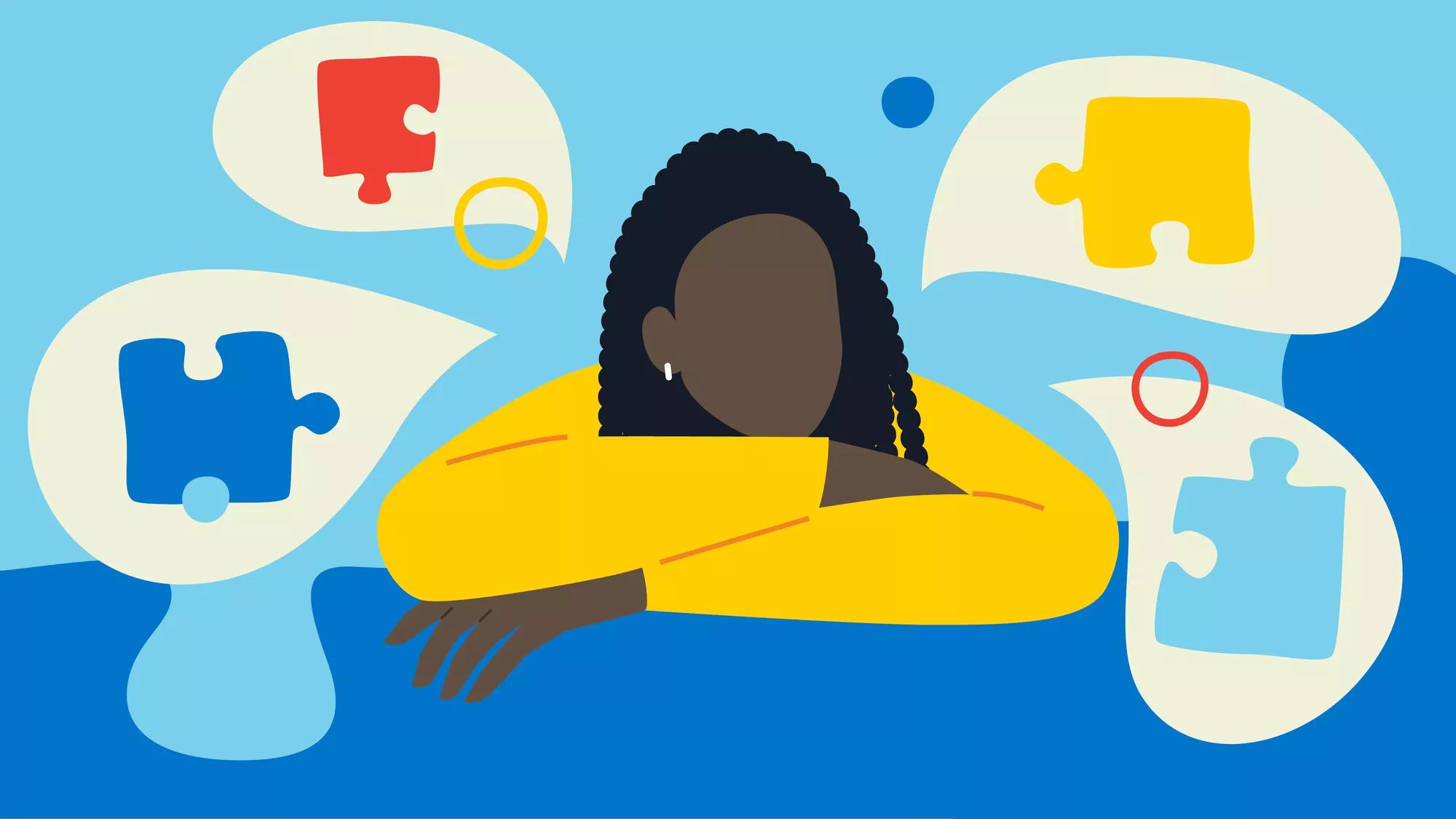Autism and Sensory Processing: Checking Out the Connection and Its Impacts
Checking Out Autism: Approaches for Effective Communication and Interaction
Efficient communication and communication with people on the autism spectrum demand a thorough understanding of their special needs and choices. The ins and outs of these methods reveal more considerations that merit exploration, particularly in how they can be adapted to varied contexts and private experiences.
Comprehending Autism Range Condition
Autism Range Condition (ASD) includes a range of neurodevelopmental problems characterized by difficulties in social communication, communication, and recurring behaviors. The term "range" shows the varied symptoms and varying degrees of seriousness experienced by individuals with ASD. While some might exhibit substantial disabilities, others might display high-functioning attributes, enabling for higher independence in life.
The start of ASD usually takes place in early youth, with indicators frequently identifiable by age 2. Early indicators may consist of postponed speech development, restricted eye call, and troubles in understanding social hints. Although the precise etiology of ASD stays vague, research study recommends a combination of environmental and hereditary elements plays a crucial duty in its development.
As an outcome, treatments and support tailored to specific demands are crucial for cultivating communication and social abilities. Identifying the intricacy of ASD is vital for promoting recognition, acceptance, and effective strategies that promote significant interactions with people on the spectrum.

Importance of Clear Communication
Reliable interaction is essential for promoting understanding and connection, especially for individuals with Autism Spectrum Problem (ASD) Clear communication not just promotes social communications yet likewise improves the individual's ability to express their needs, feelings, and thoughts. For individuals with ASD, the nuances of language can frequently be testing; consequently, making use of simple and unambiguous language is vital.
Furthermore, clear communication helps in reducing irritation and stress and anxiety that may arise from misconceptions. When messages are communicated in a straight and regular way, people with ASD are better outfitted to interpret information accurately, which can dramatically improve their social engagement and engagement in various setups.
Establishing routines and making use of visual supports can further boost clear interaction. These techniques give individuals with foreseeable structures that aid understanding and retention of information. Furthermore, proactively listening and being patient during communications advertises a supportive setting where people with ASD really feel valued and understood.
Inevitably, prioritizing clear communication not only encourages people with ASD but also fosters even more significant links with their peers, caregivers, and the larger neighborhood, leading the way for collaborative relationships and inclusive interactions. - autism
Non-Verbal Interaction Strategies
Interaction expands past words, and for individuals with Autism Spectrum Disorder (ASD), non-verbal cues play a considerable duty in communications. Non-verbal interaction strategies can consist of face expressions, motions, body language, and eye contact, all of which act as vital components for conveying emotions and objectives.
Comprehending and analyzing these non-verbal signals can boost communications with people with ASD. A cozy smile or open pose can produce an inviting ambience, motivating interaction. Likewise, utilizing visual aids-- such as picture cards or icons-- can link interaction spaces and assist communicate messages much more effectively.
It is also important to be conscious of personal space, as people with ASD may have different convenience levels regarding proximity. Observing their responses to physical nearness can inform ideal modifications.

Creating Encouraging Settings
Producing a supportive setting is critical for promoting positive communications and improving the health of individuals with Autism Range Condition (ASD) Such environments can significantly lower stress and anxiety and create a feeling of security, permitting people to express themselves extra easily.
To attain this, it is necessary to think about sensory level site web of sensitivities that people with ASD may experience. Customizing the physical space to consist of soft lighting, marginal background sound, and comfortable seats can produce a relaxing environment. Additionally, making use of consistent regimens and clear visual timetables can help people anticipate shifts and reduce uncertainty, more promoting convenience.
Social spaces must be structured to reduce frustrating stimuli while supplying possibilities for interaction in recommended activities. Facilitating locations marked for peaceful time can additionally work as a sanctuary throughout moments of tension. Notably, incorporating aspects of selection empowers individuals, permitting them to exercise agency in their setting.

Motivating Social Communications
Cultivating social interactions amongst people with Autism Spectrum Condition (ASD) requires willful techniques that focus on comfort and involvement. Developing predictable regimens can help reduce stress and anxiety, making social settings a lot more approachable. Producing organized atmospheres with specified duties and functions allows people to engage link without the overwhelming stress of unstructured social characteristics.
Integrating passions and strengths right into social activities can act as a catalyst for interaction. For instance, organizing group tasks around shared hobbies or subjects of attraction can help with all-natural conversations and links. In addition, making use of visual supports, such as pictorial schedules or social manuscripts, can help in recognizing social signs and expectations.
Designing appropriate social actions is essential - autism. Grownups and peers must show reliable interaction strategies, consisting of energetic listening and turn-taking. Role-playing circumstances can also provide a safe space for individuals to practice these skills
Lastly, fostering peer relationships through inclusive practices is important. Encouraging inclusive playdates or group getaways can develop possibilities for socializing in a comfy setting. By executing these teachers, caregivers and strategies can significantly boost social communications for individuals with ASD, advertising their total social advancement and well-being.
Verdict
In verdict, efficient interaction and interaction strategies are crucial for supporting people with Autism Spectrum Disorder. Stressing clear language, incorporating non-verbal signs, and establishing foreseeable routines dramatically improve involvement and decrease anxiousness. Creating encouraging atmospheres cultivates risk-free social communications, while encouraging shared passions helps with purposeful links. Eventually, these approaches empower individuals with autism to browse social landscapes, promoting their general health and enabling the advancement of long-term connections.
Reliable interaction and interaction with individuals on the autism range require an extensive understanding of their special demands and choices. Clear interaction not just facilitates social Our site interactions but also improves the individual's capability to reveal their requirements, ideas, and emotions.Cultivating social communications amongst people with Autism Spectrum Condition (ASD) needs deliberate techniques that prioritize comfort and engagement. By implementing these educators, strategies and caretakers can significantly boost social communications for individuals with ASD, promoting their total social growth and wellness.
In final thought, effective interaction and communication methods are vital for supporting individuals with Autism Range Condition.